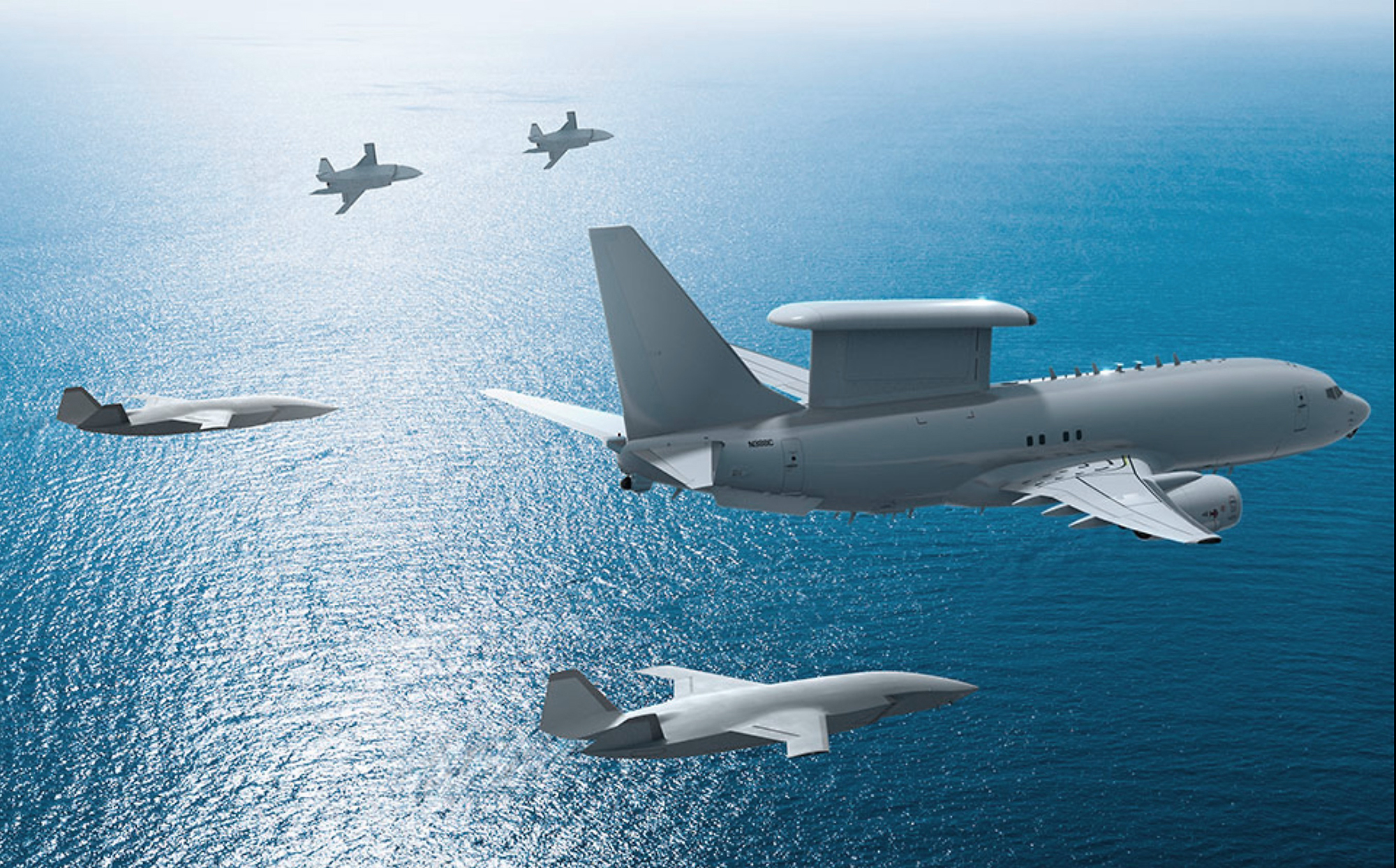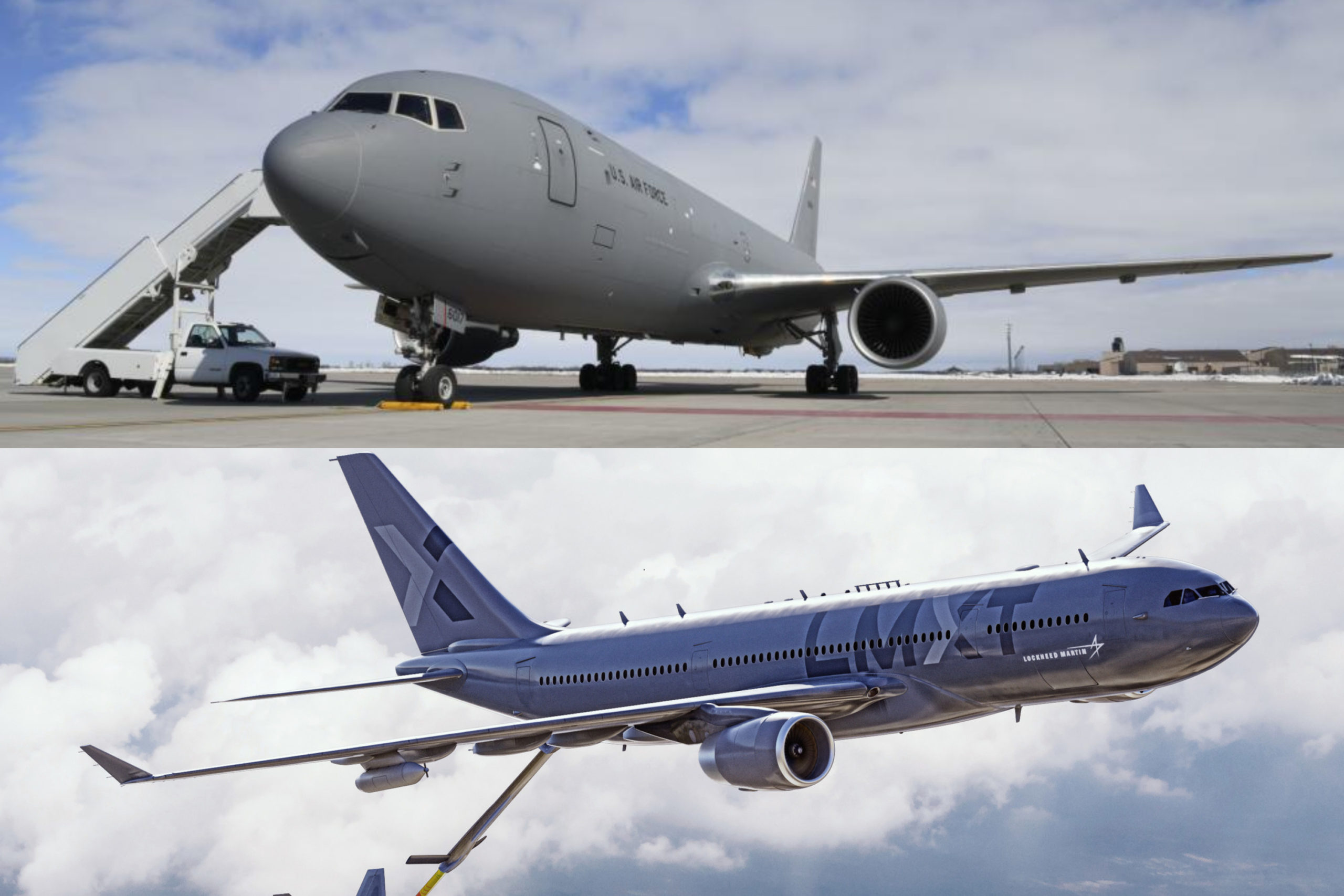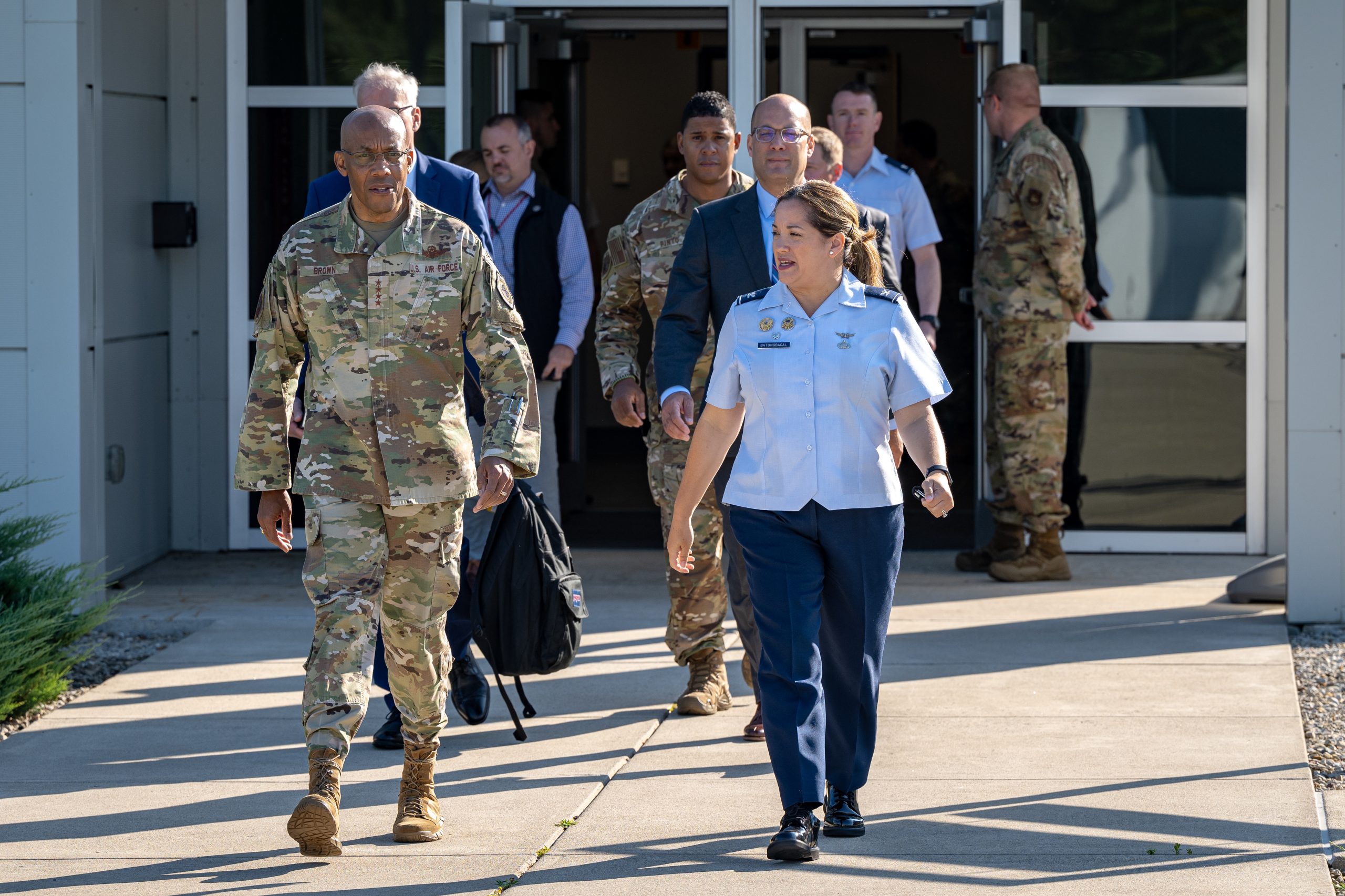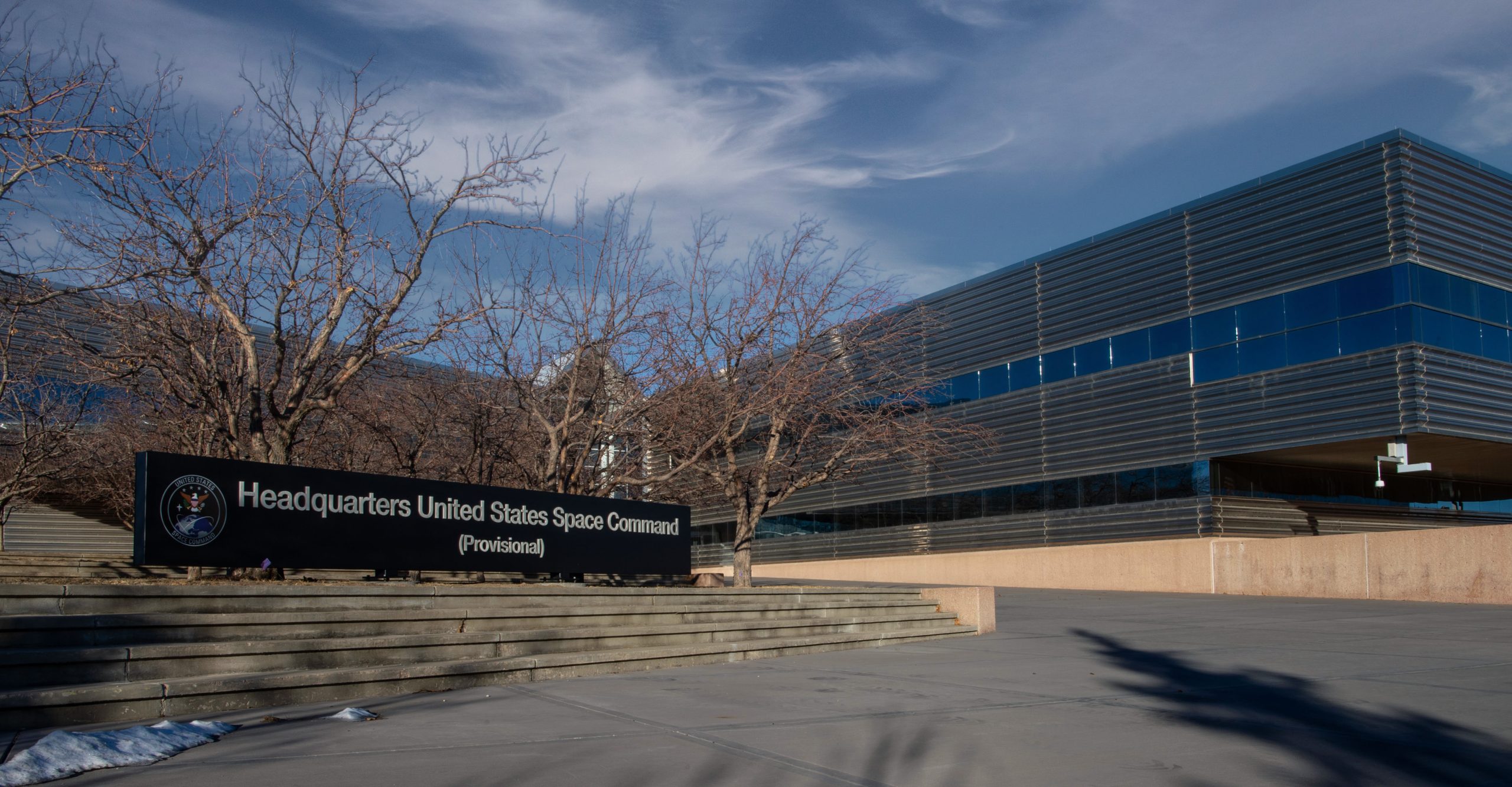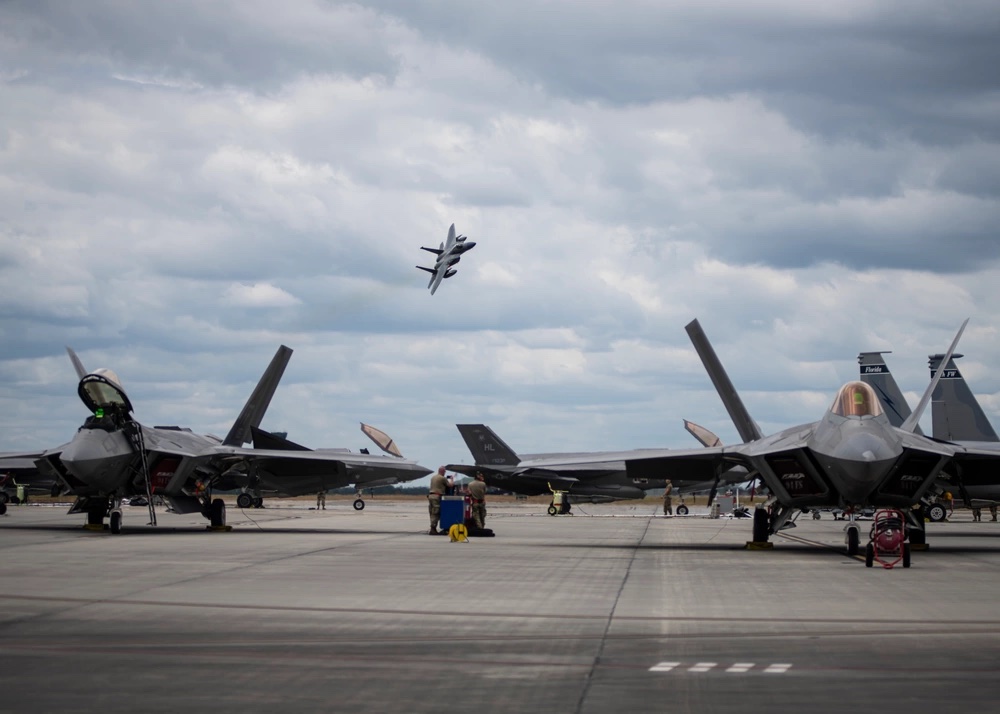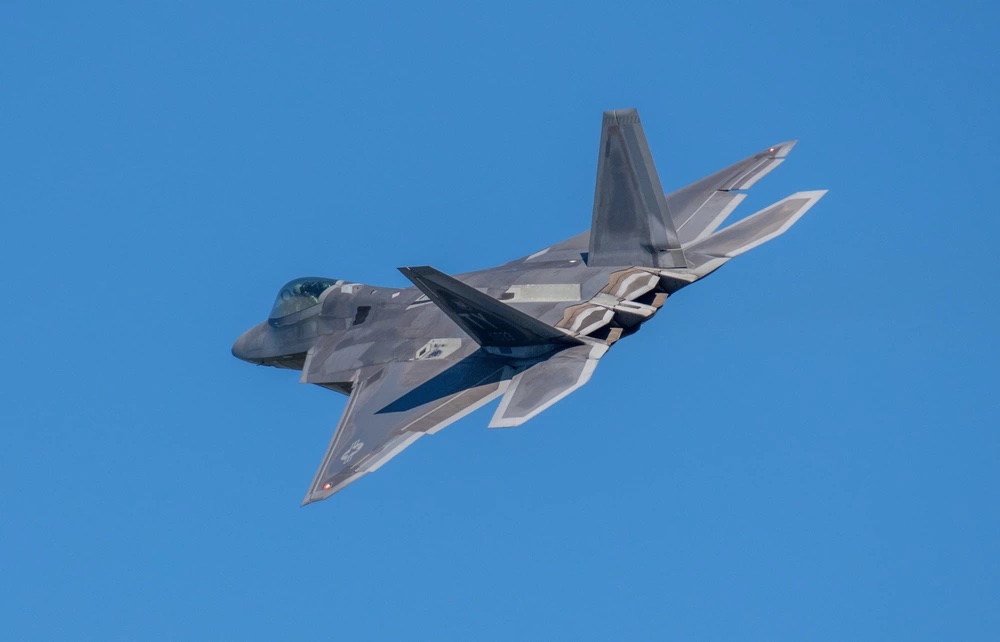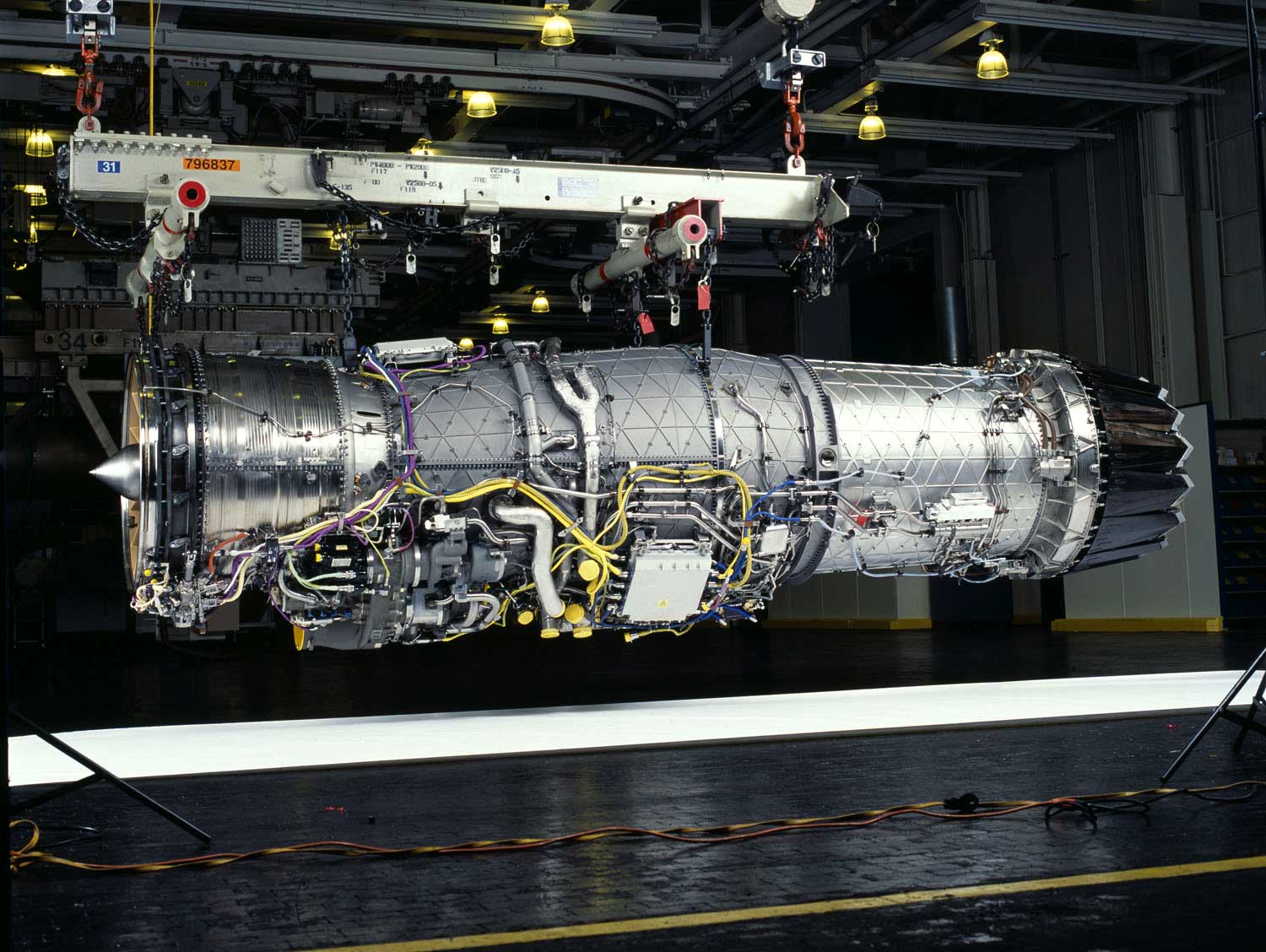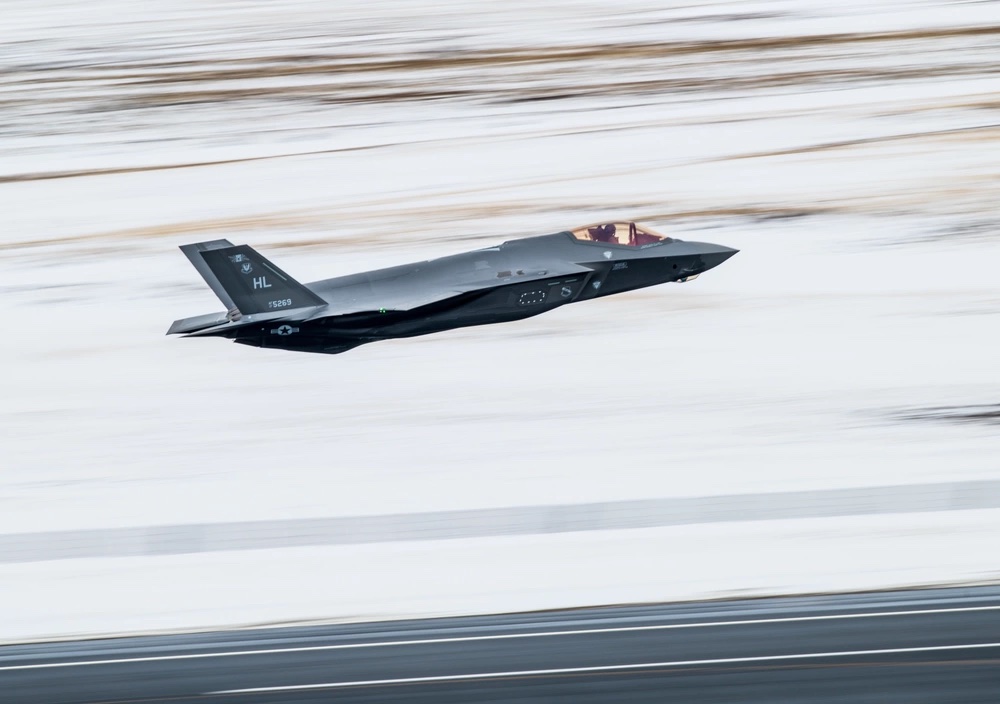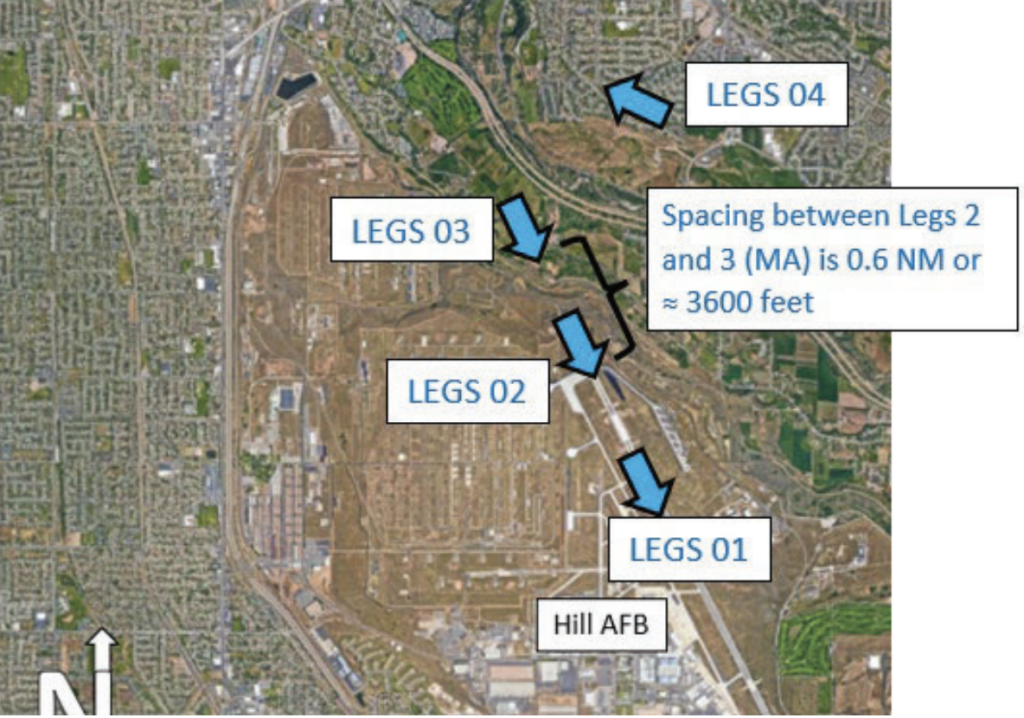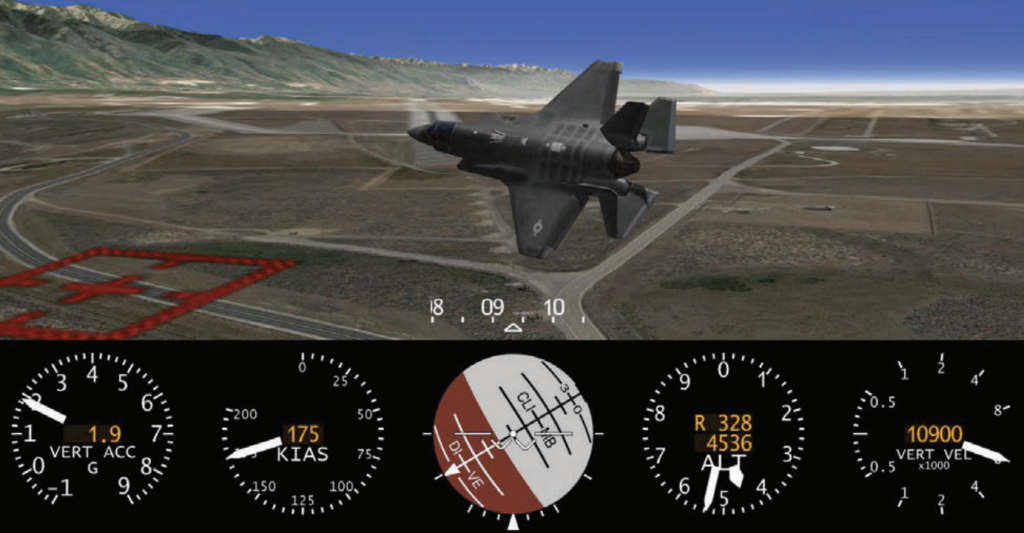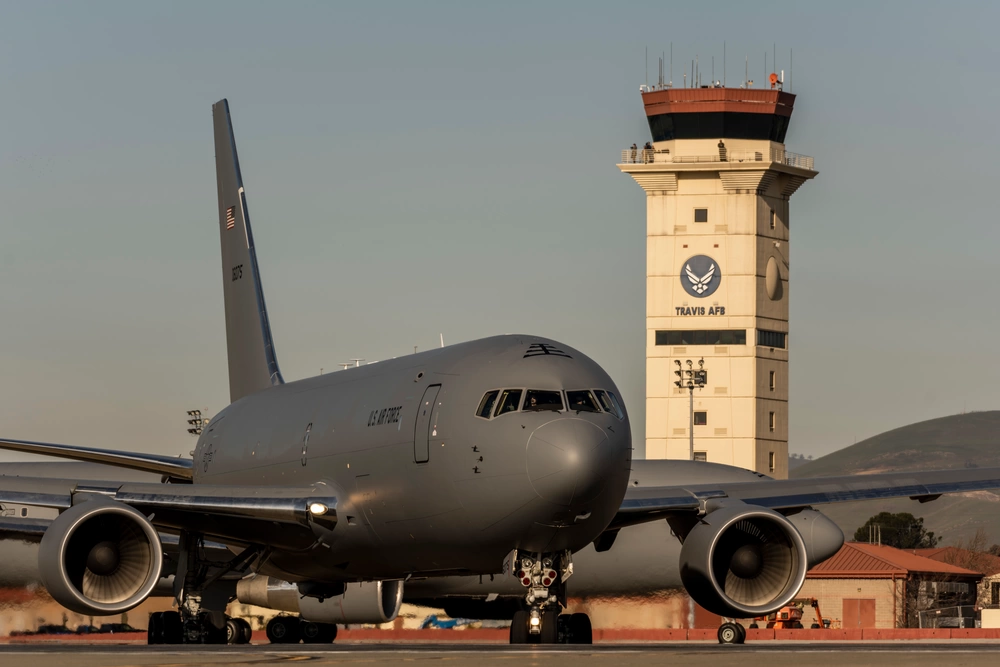DAYTON, Ohio—Neither intense interest nor extra funding can move up the 2027 date when the Air Force takes possession of its first E-7 Wedgetail. But USAF acquisition officials said July 31 that actions taken now could help them aquire the 26-plane fleet more quickly.
“There’s a lot of fixation on how fast we can produce the first one,” Steven Wert, program executive officer for the digital directorate, said at the Life Cycle Industry Days conference. “[But] there are limitations to that. Boeing has to build a green aircraft and then they have to convert it to a configuration that can support the radar, and then the mission systems, and then you have to test and certify air worthiness and those things. There’s only so fast you can do the first one.”
How fast the Air Force can get the rest of its new E-7s, however, has been a topic of intense interest since USAF announced its decision to replace its aging E-3 airborne early warning and control aircraft with the Wedgetail.
Acquiring planes faster is still possible, said Thomas Ramsey, airborne warning and control system division chief.
“The rapid prototyping, the first two, we’re going as fast as we can,” Ramsey said. “The way to fill the fleet faster is to do it through production. Advanced procurement of the 737, the radar, the reinforced section will let us jump start each block buy by a year. So there’s definitely benefit there. And then the other way to go faster is to buy more per year.”
The Air Force fiscal 2024 budget request did not include that advanced procurement, but USAF did list a $600 million requirement on its unfunded priorities list for Congress. The funds would pay for long-lead items and help Northrop Grumman ramp up production capacity for the Wedgetail’s Multi-Role Electronically Scanned Array (MESA) radar.
Congress seems split on the matter. The House version of the 2024 National Defense Authorization bill included half that amount, $300 million; the Senate version includes none.
Air Force Secretary Frank Kendall told lawmakers in 2022 “there are things that we could do … to maybe get access to aircraft earlier one way or another.” Just how was never clear.
Australia has six E-7s in operation, and the United Kingdom is in the process of buying three. At last year’s Life Cycle Industry Days conference, Wert suggested that “we see tremendous opportunities to accelerate test and evaluation, given that we’re buying a system very similar to the UK E-7. Much of the testing can actually be done on a UK E-7.”
The U.S., British, and Australian air chiefs signed a “joint vision statement” in July, pledging to work together to develop and deploy the E-7 Wedgetail, and noting a collective desire to “accelerate E-7 capability delivery.”
But that deal is mostly focused on long-term enhancements, not short-term deliveries, Wert said.
“The intent of that statement is looking to the future,” he said. “We expect, for example, Australia to leverage the work we’re doing on open mission systems on our rapid prototyping aircraft. So it’s looking at the future of modernization across the three fleets and how we can work together to leverage each other’s investments or even a coordinated program at some point.”
The urgency of the need to replace the E-3 AWACS fleet is no secret. The age and deterioration of the U.S. AWACS fleet makes the old Boeing 707-based aircraft hard to maintain.
But while simply acquiring new E-7s into service as quickly as possible remains the top priority, but Air Materiel Command is also keeping an eye on future enhancements. “I believe some of their future requirements will be things like even more improved radar, which some level of development funding Australia has already, … [and] but it would need to be further developed.”
Ramsey, the airborne warning and control system division chief, said communications enhancements are also likely. “Every battle management platform will always need more advanced communications—bigger pipes and more bandwidth and more radios to get information on and off,” he said.
